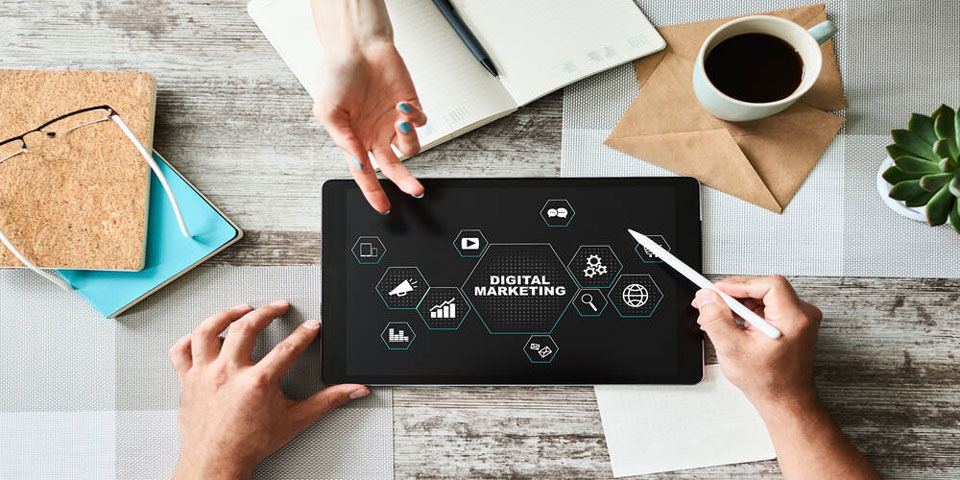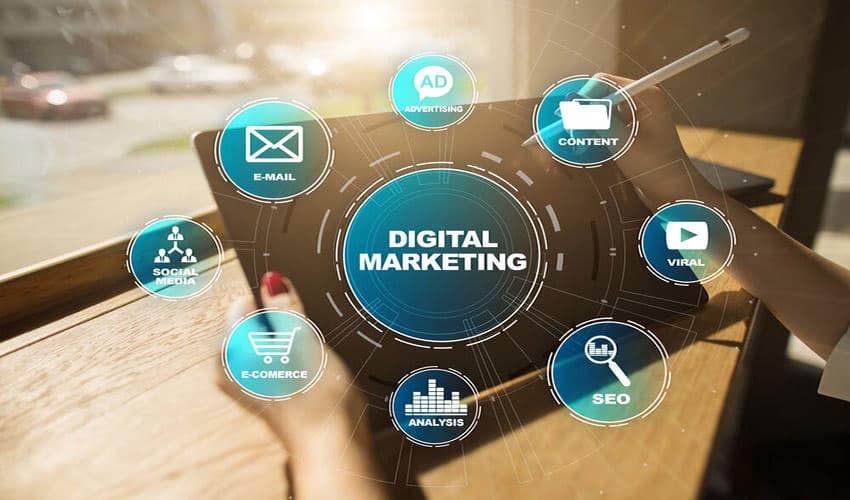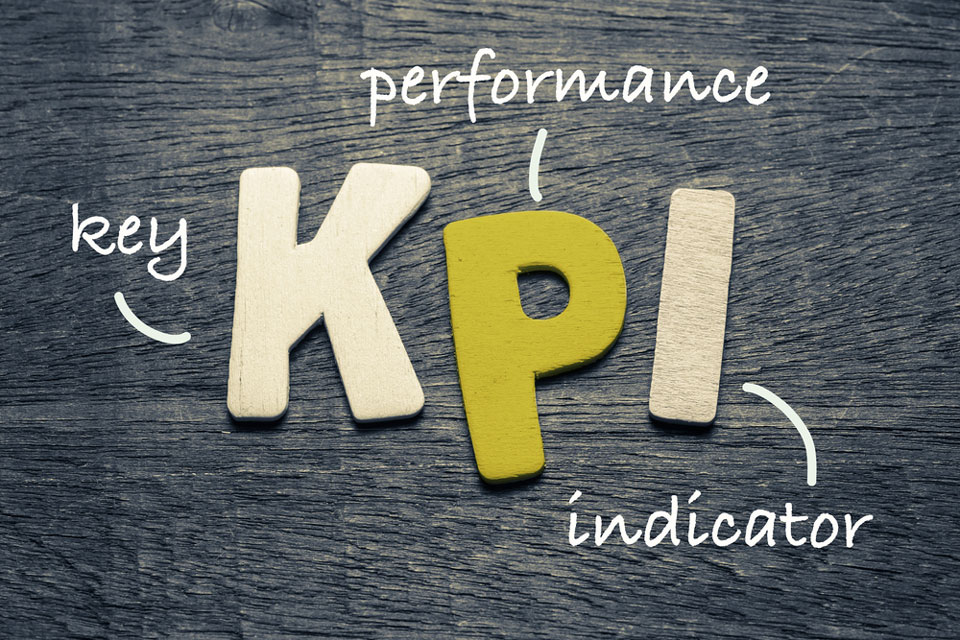A Complete Guide To Digital Strategy Development

It’s safe to assume that modern businesses cannot thrive without digital marketing. This shift is brought about by the fact that most consumers nowadays are constantly on the go, tech-savvy, and very demanding. So as a business owner, you must know how to reach and communicate with customers digitally, or else risk being out of touch with your target market and quickly becoming irrelevant.
But because the digital landscape is constantly evolving, you can easily be overwhelmed by what needs to be done when developing a digital strategy. You also need to have a sense of direction to maximize the impact of your digital marketing efforts. If you’re not sure where to start, this comprehensive guide can help you develop a sound digital strategy.
Digital Strategy: What It Means
First and foremost, it’s best to understand what the term ‘digital strategy’ means. A digital strategy is a plan that outlines your online objectives and assists you in implementing suitable processes to realize your marketing goals. In marketing, these goals may include reaching more audiences and prospects, or increasing digital sales.
How Can You Create A Successful Digital Strategy?
A successful digital marketing strategy starts with a good plan. Here’s how to create one:
- Identify Your Buyer Persona
You can’t develop a digital marketing strategy without first identifying your target audience for your goods or services. This is why experts at Sentius Digital, Digital Marketing Agency in Melbourne start by creating buyer personas to help you create an ideal customer profile. After all, you don’t want to waste your company’s time and limited marketing resources on individuals who are not going to find your products or services useful or interesting.When developing buyer personas, you should only come up with between three to four, depending on the kind of person you wish to target and attract. The buyer persona profile should include specific details about the target individual, such as;
1. Career
2. Goals
3. Values
4. Priorities
5. Location
6. Background
7. Decision-making tendencies
8. Age
9. Challenges
10. Hobbies and interestsHowever, identifying buyer personas is easier said than done, and it requires a lot more from you besides brainstorming with your marketing team. Instead, you should employ other methods, such as interviewing your target audience. You can do this through online surveys or one-on-one interviews, which will help you develop the ideal buyer persona.
- Define Your Goals
Before you create an itinerary, you need to know the destination. This also applies when you’re developing a digital marketing strategy. Basically, you need specific marketing goals before coming up with a strategy or plan. Having these goals will act as a guide to help you achieve your marketing objectives.The online goals you set for your business need to be set with clear timeframes, and they must be SMART:
1. Specific – This means knowing what your company is looking to achieve.
2. Measurable – You need to have a metric that helps you know whether you’ve attained your desired objective.
3. Achievable – Your goals should align with your resources, expertise, and knowledge for them to be attainable and feasible for your company.
4. Relevant– Your marketing objectives should align with your marketing goals and those of your business.
5. Timely – You need to set a timeframe within which you want to realize your marketing objectives.Good examples of digital goals include the following:
1. Get rid of redundant technology
2. Streamline business expenses
3. Use online advertising
4. Install live webchat
5. Enhance communication with your clients
6. Offer safer access to dataWhen setting marketing goals, it’s also essential to ensure they’re tied to the core objectives of your business.
- Identify Effective Marketing Channels
Identifying your target audience is one thing, but you must also pinpoint a marketing channel that can help you reach them easily. This can be difficult and confusing, mainly because there are various platforms available these days, each with its own advantages and disadvantages.Choosing the most suitable channel can significantly boost your return on investment (ROI). The more people or leads you can reach, the higher your chances of acquiring more sales. A useful tip to help you pick the ideal marketing channel from the many available options is to opt for one that’s linked to your company’s buyer persona. For instance, if your buyer persona is a 20-year-old who spends most of their time scrolling through the internet, then TikTok or Instagram might be the best channel.
- Come Up With A Content Strategy
You must develop a content strategy for your digital marketing strategy to be effective. This is because creating interactive content to push through digital channels greatly engages prospective clients. As a result, this will help you realize the goals you wanted right from the start.A clear content strategy is crucial because it gives you an idea of your goals and how you’ll be able to attain them. But thinking of the best content strategy isn’t easy because you must understand your potential customers. You may consult digital marketing professionals for this or conduct market research with the help of a firm.
Knowing the problems and needs of your target customer will help you develop content ideas that will resonate with them. This will help you create exciting content that better engages with your target audience.
- Set Key Performance Indicators And Benchmarks
The best thing about the digital space is there are a lot of tools for you to use, for instance, Webmaster tools and Google Analytics. Therefore, you must make the most out of these tools and extract data or measure your results to determine what’s working and what’s not. This is a question many businesses struggle to identify, thereby making it hard to know whether there’s any progress being made.Knowing this, you should have a system that has a clear KPI that measures your success. This will help you learn what’s working and learn how to improve your digital strategy from your past mistakes. After all, developing an effective digital strategy is a process that requires patience and time.
The business environment today is highly competitive and fast-paced. A brand might trend today and get boycotted tomorrow. A sound digital strategy is important to stay ahead of the competition and create genuine relationships with your market.
Your business needs a digital marketing strategy because many consumers today spend most of their time online, be it on social media, emails, or other digital platforms. If you don’t know anything about digital strategy development, this guide has outlined everything you need to know. Therefore, you can better market your products or services to your target market.
Have you read?
Best CEOs In The World, 2022.
Global Passport Ranking, 2022.
World’s Richest People (Top Billionaires, 2022).
Economy Rankings: Largest countries by GDP, 2022.
Top Citizenship and Residency by Investment Programs, 2022.
Add CEOWORLD magazine to your Google News feed.
Follow CEOWORLD magazine headlines on: Google News, LinkedIn, Twitter, and Facebook.
Copyright 2024 The CEOWORLD magazine. All rights reserved. This material (and any extract from it) must not be copied, redistributed or placed on any website, without CEOWORLD magazine' prior written consent. For media queries, please contact: info@ceoworld.biz











